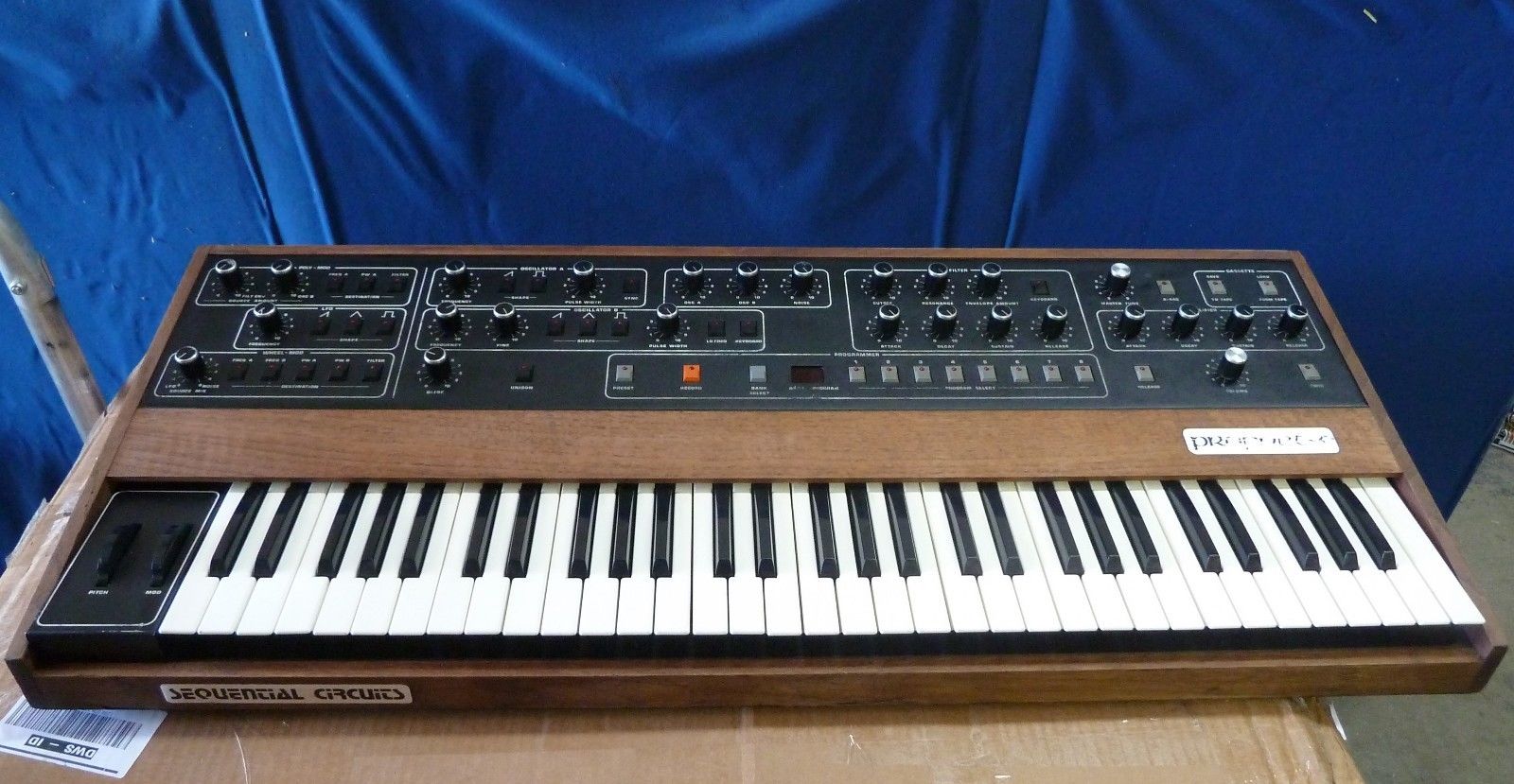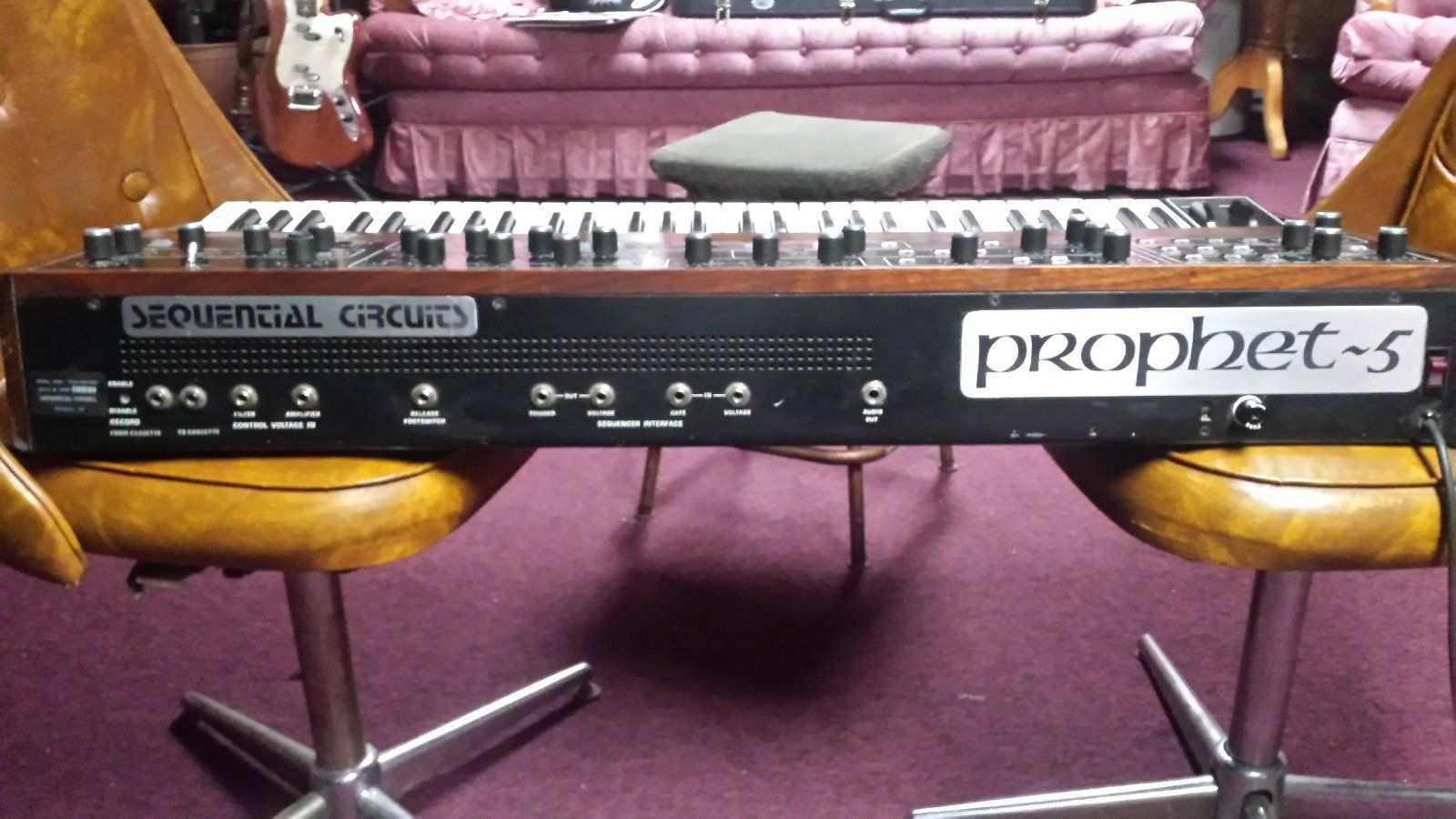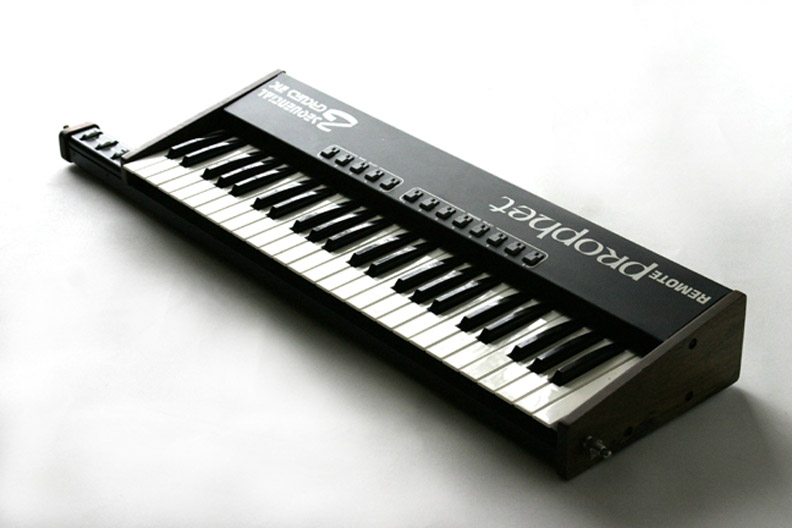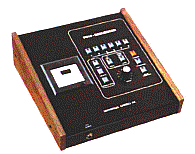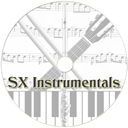Filter on ALL, SYNTH, DRUM, SAMPLER or MISC |
Total list currently 2405 items in 330 Brands |
Sequential Circuits | Prophet-5 |
Description | While building the programmers, John Bowen and Dave Smith came up with the idea of an all programmable polyphonic synthesizer with five octaves. They wanted to design a synth with 5 voices. John sketched out a front panel with the sort of features he wanted to see on a synth, such as sync and a flexible, polyphonic modulation system (this would become the poly-mod section, with the resulting polyphonic oscillator-sweep sound becoming very much the instrument's sonic calling card), and Dave launched headlong into the design, completing a basic model in a matter of months. And so the first Prophet 5 prototype was built. For the first time Dave and John used a Z-80 microprocessor. They received help from Dave Rossum and Scott Wedge for this. Scott and Dave R. had previously already developed a digitally-scanned keyboard architecture and where the founders of E-mu. Dave Rossum also designed the SSM chips that where used in the Prophet 5 together with Ron Dow. At first the instrument was called the 'Model 1000'. But Dave Smith invited Rick Wakeman (Keyboardplayer of Yes) who was an endorsee of Sequential sequencers at the time, to come in and have a look at 'something really special'. And so Rick paid Dave a visit, and reacted very enthousiastic. He thought it 'had' to become 'the biggest synth on the market'. Rick said 'whatever you do, PLEASE give it a name, not a model number'. A number of people among John and Dave brainstormed for a name. They came up with 'Prophet' in order to give the 'Model 1000' more personallity.
One of the first fully programmable polyphonic analog synths, the Prophet 5 is the most classic synthesizer of the eighties! It is capable of a delightful analog sound unique to Sequential's Prophet series in which the P5 was King! Five voice polyphony - two oscillators per voice and a white noise generator. The analog filters, envelope and LFO all sound great and are extremely flexible. The P5 had patch memory storage as well, which scanned and memorized every knob setting for storing and recalling your sounds - a desperately needed feature at the time! The P5 lacked MIDI (a feature that came later on the P5 spin-off, the Prophet 600). But it is still loved even today for its great string sounds, analog effects, and punchy analog basses. Unfortunately the P5 is not immune to the dark side of vintage synths - it has its fair share of analog synth problems such as unstable tuning, it's difficult to repair, lacks MIDI, etc. The Prophet-5 actually contains five individual synthesizers, termed 'Voices." For its principle sound sources, each voice contains two voltage-controlled oscillators (VCOs), referred to as OSC A and OSC B. OSC A, OSC B, and a white noise source can be mixed into a resonant low-pass voltage-controlled filter (VCF). The filter modifies the voice timbre under control of its four-stage envelope generator. The filter may also serve as a sound source. Following each filter, a voltage-controlled amplifier (VGA) also controlled by a four-stage envelope generator shapes the voice amplitude. Only one voice is depicted on the control panel, because the voice controls "patch" the five voices identically. This makes the voices homophonous—they sound alike—with pitch differences corresponding to (at most) five simultaneously-held keys. There are basically three versions of the Prophet 5: Rev 1 P5s are pretty unreliable, if you find one; they're also quite rare. These were all hand-assembled in the 'garage stage' of the company. Particularities on the Rev 1:
Sequential only built 182 Rev 1's. They where hand-assembled, and then rushed out the door to generate desperately needed cash flow, they proved too fragile for life in the fast lane. There is a vacant space where the optional voices 6 until 10 where meant to be. There are white pins to support this print. This to illustrate the Rev 1 was also early available as a single manual Prophet 10. Rev 2 uses SSM chips, and has some differences in its control logic capabilities from the final version. It can't be retrofitted for MIDI, but is considered by most to be the better-sounding of the two 'common' P5s. Particularities on the Rev 2:
Cassette interface modification for the Rev 2 In 1980 the Prophet 5 Rev 3.0 came out. The Rev 3.0 had a cassette interface on board. The Rev 2 did not have this feature. Therefore Sequential thought it was interesting to bring out a cassette interface mod for the Rev 2. And so they did. The cassette interface modification for the Rev 2 existed only as a retrofit and was never a standard feature on a Rev 2. An official revision 2.1 (or even a 2.2) never existed in contradiction to what some sources may say. Two small grey buttons are visible on the Rev 2 models (panel far left and top centre). These were 'Preset' controls to enable instant editing of mod and filter sections for the selected patch; they also doubled as cassette interface load and save controls. They are left out from on a Rev 3. Rev 3 is the final version, and subsequent Rev 3.1, Rev 3.2 and Rev 3.3 each are capable of taking a MIDI retrofit. They're also capable of microtonal tuning. The audio quality of the Rev 3 is different, however, as it uses Curtis chips instead of Rev 2's SSMs; many people think the Rev 3 units sound 'thinner'. The Rev 3, however, is considered the most reliable of all of the different versions and they had 120 memory patches. Also important to mention is that 'live editing' was introduced. On a Rev 2 the player had to push the 'edit' button in order to start editing a sound. On the Rev 3, just turning a knob puts you in edit mode. Particularities on the Rev 3.0:
Prophet 5 - Revision 3.1 The upgrade from 3.0 to the 3.1 was a minor one, and is not noticeable by the player. The upgrade consists out of :
Particularities on the Rev 3.1:
Prophet 5 - Revision 3.2 The revision 3.2 was created to interface with the Sequential Circuits Model 1005 Polyphonic Sequencer and Model 1001 Remote Keyboard/Controller. In order to arrange the interface, the operating system was again expanded and communication circuitry added. Changes were also made to the Common Analog circuitry to accommodate PITCH and MOD CV inputs. Particularities on the Rev 3.2:
Prophet 5 - Revision 3.3 The modification from Rev 3.2 to Rev 3.3 increases the Prophet 5's program storage capacity from 40 to 120 patches. The update involves :
Particularities on the Rev 3.3:
Accessories specifically designed for the Prophet-5 include the Model 1005 Polyphonic Sequencer which allows direct storage of lengthy keyboard sequences, and the Model 1001 Remote Keyboard. For increased performance flexibility, the Model 842 Analog Interface Adapter enables remote control of the PITCH and MOD wheels by two Model 840 Voltage Pedals. There also exists a myth that the Prophet was originally designed as a Prophet 10, and actually was the prototype. John Bowen himself posted to 'Analogue Heaven' to put an end to this hoax. To illustrate this here is the letter he sent: The original Prophet was a 5 voice. Dave Smith thought to add the second board (which was just another standard 5 voice board mounted above the first) as an option, but the synth shown at that 1978 NAMM was a 5 voice, which Dave had barely gotten working earlier that morning (after working on it almost nonstop the days & nights leading up to the show). As Michael says, we had enough orders after the show ended to feel great There were a few persons who Dave had already been selling the Model 800 (sequencer) and Model 700 (programmer) to, one of them being Pat But there was no 'desperate measure' requiring removal of one of the regards, |
| Brand | Sequential Circuits |
| Model | Prophet-5 |
| Device | Synth |
| Type | Keys |
| Engine Type | Analog |
| Engine | VCO |
| Voices (max) | 5 |
| Oscillators | 2 |
| LFO | modulates pulse width or pitch |
| Noise | Y |
| Engine Detailed | 2 OSC. per voice. square / pulse / tri / saw. Poly Mod. Rev1, 2 SSM, Rev3.x CEM |
| Filter (VCF) | 24db Lowpass filter with resonance |
| Envelope (VCA) | ADSR |
| Memory | 40 (Rev1, 2) 120 (Rev3.x) |
| Keys | 61 |
| Key type | Keys |
| Velocity | N |
| Aftertouch | N |
| CV-gate | CV/Gate |
| Extra info | Midi retrofit on Rev3.x only |
| Produced: | 1987 - 1984 |
| Legend: | Obvious | Y: Yes, N: No, N/A: Not Applicable | |
| VCO | Voltage Controlled Oscillator | DCO | Digital Controlled Oscillator |
| LFO | Low Frequency Oscillator | Sub | Sub Oscillator |
| VCF | Voltage Controlled Filter | VCA | Voltage Controlled Amplifier |
| Velocity | As with a piano, the harder you hit a key, the louder the sound, unlike most organs which always produce the same loudness no matter how hard you hit a key. | Aftertouch | Pressing a key after you activated it. Channel Aftertouch, no matter which key, it will send a Channel message. Poly Aftertouch, sends the pressure per key instead of the whole channel. |
| Values for OSC, LFO, Filter, Envelope are per voice unless stated otherwise. | |||
